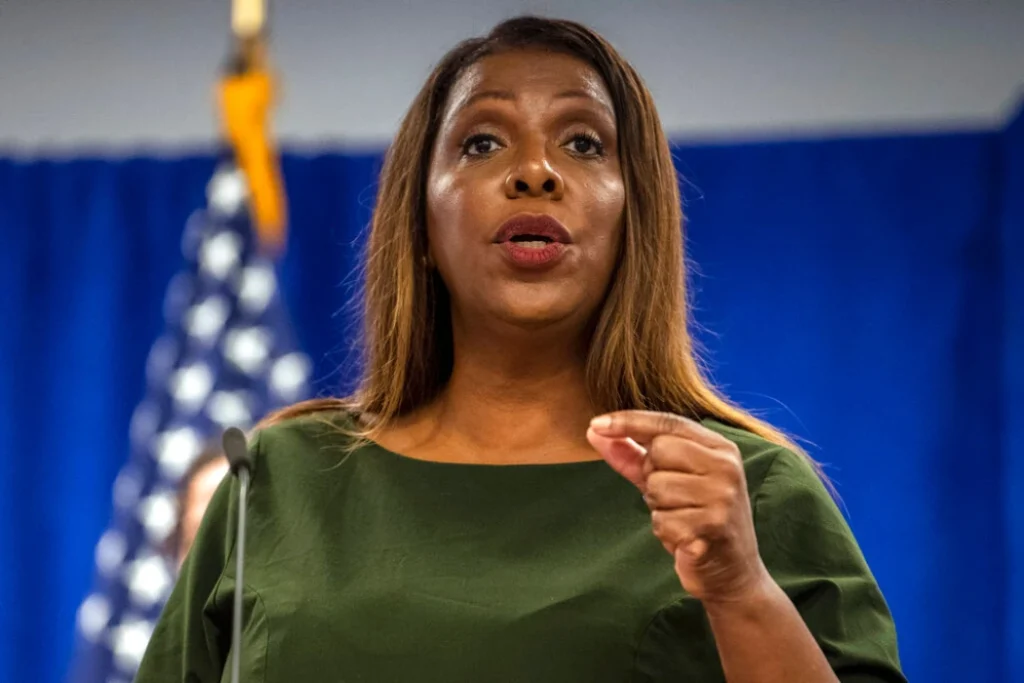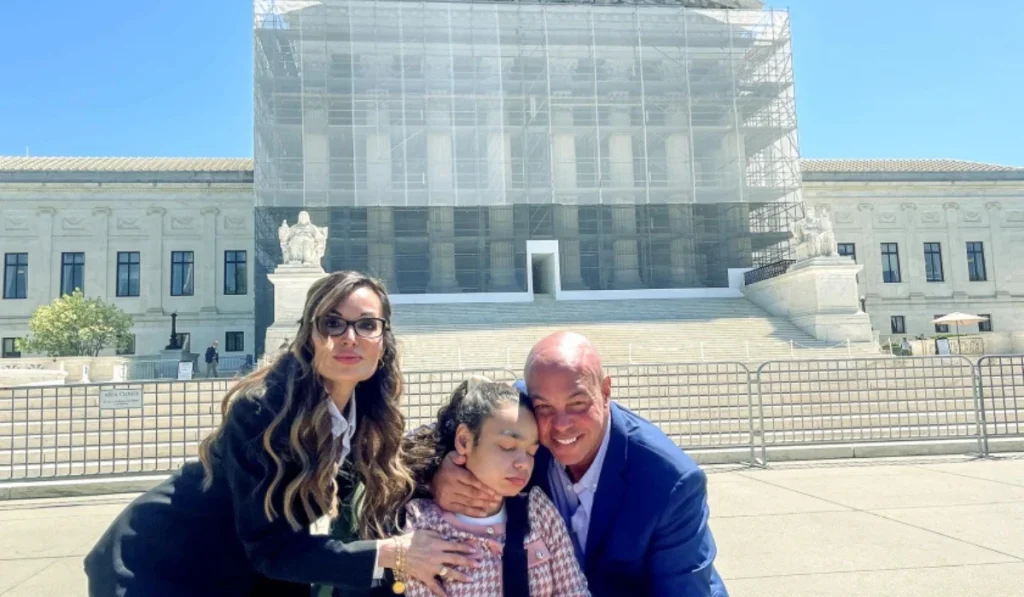The ink is still drying on what President Donald Trump has dubbed the “Big, Beautiful Bill,” a sweeping tax and spending package signed into law this past Friday. While celebrated in some circles as a monumental legislative victory, a closer look at the fine print reveals a series of seismic shifts that could profoundly reshape the landscape for our children’s education, our families’ health, and the very fabric of our communities here in New York.
For parents, educators, and professionals across the Empire State, understanding the real-world implications of this bill is not just a matter of civic interest, it’s a necessity.
At its core, the legislation makes most of the 2017 Trump tax cuts permanent and introduces new deductions for tipped and overtime workers. However, the staggering $3.4 trillion it’s projected to add to the federal deficit over the next decade, according to the Congressional Budget Office, is funded by deep and controversial cuts to vital social programs.
The Looming Crisis for School Funding and Student Health
Perhaps most alarming for our communities are the significant reductions to Medicaid. For those who may not be aware, Medicaid is the fourth-largest source of federal funding for our nation’s schools. It’s the financial backbone that supports services for our most vulnerable students, including those with disabilities and those grappling with the ever-growing youth mental health crisis.
These are not abstract budget lines. These are the funds that pay for school nurses, counselors, speech-language pathologists, and the specialized equipment that allows students with disabilities to learn alongside their peers. A report from the Healthy Schools Campaign underscores the gravity of such cuts, warning that they would be tantamount to direct budget cuts for school districts. The report highlights that a vast majority of school districts use Medicaid to fund salaries for health staff and provide critical mental and behavioral health services.
Jessie Mandle, the national program director at the nonprofit Healthy Schools Campaign, has previously voiced concerns about the impact of Medicaid cuts, stating they are a direct threat to students’ well-being and academic success. While not a direct comment on this specific bill, her organization’s research shows that “80% of respondents said that if Medicaid is cut, their school district would reduce specialized instructional support personnel.” For New York’s schools, which are already navigating complex budgetary challenges, these cuts could be devastating.
A New Chapter in School Choice: Vouchers on the Horizon
Another cornerstone of the “Big, Beautiful Bill” is the creation of a new, national voucher-like program. This initiative will provide a dollar-for-dollar federal tax credit for individuals who donate up to $1,700 to “scholarship-granting organizations.” These organizations will then award scholarships for students to attend private schools.
While framed as an expansion of “school choice,” this program raises significant questions about the future of public education. As public funds are diverted, even indirectly, to private institutions, what will be the long-term impact on our already under-resourced public schools? The Institute on Taxation and Economic Policy (ITEP) has analyzed the potential fiscal impact, suggesting that if widely utilized, this tax credit could cost the federal government tens of billions annually, further straining the national budget.
States will have the option to opt out of this program, a decision that will surely ignite fierce debate in Albany and across New York.
The Ripple Effect: SNAP Cuts and Environmental Rollbacks
The bill’s impact extends beyond the classroom. The Supplemental Nutrition Assistance Program (SNAP), a lifeline for over 13 million children nationwide that also makes them automatically eligible for free school meals, is also facing substantial cuts through the imposition of stricter work requirements. For many families in our communities, these benefits are the difference between a full pantry and food insecurity. When children are hungry, their ability to learn and thrive is fundamentally compromised.
Furthermore, the legislation largely terminates numerous tax incentives from the 2022 Inflation Reduction Act. These credits for clean energy, electric vehicles, and energy-efficient home improvements were designed to combat climate change and lower energy costs for families. The rollback of these programs not only has environmental consequences but also removes financial incentives that could have made sustainable choices more accessible for New York families.
What Lies Ahead for New York?
The “Big, Beautiful Bill” presents a complex and, for many, a deeply concerning new reality. It prioritizes tax cuts and a new vision of school choice, paid for by dismantling programs that have long served as a safety net for our children and families.
As New Yorkers, we are known for our resilience and our willingness to engage in the tough conversations. Now is the time for that spirit to shine. It is imperative that we engage with our local and state representatives, our school boards, and our community leaders to fully understand the local impact of these federal changes. The future of our schools, the health of our children, and the strength of our communities depend on it. We must be vigilant, informed, and ready to advocate for the needs of all New Yorkers.




